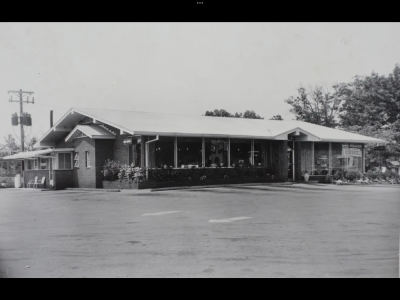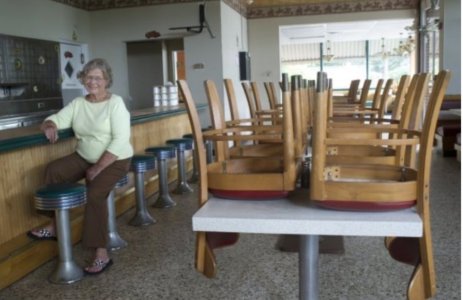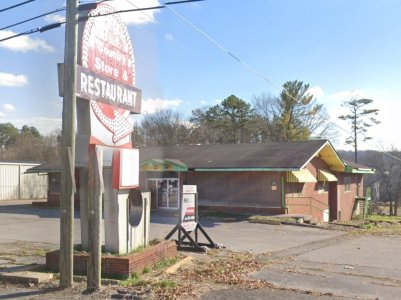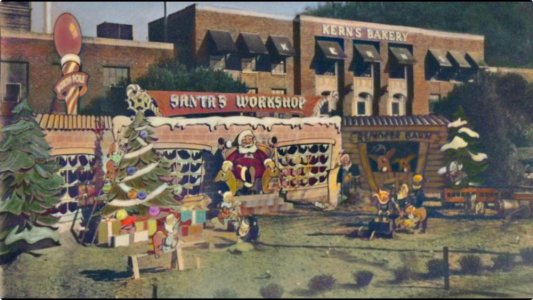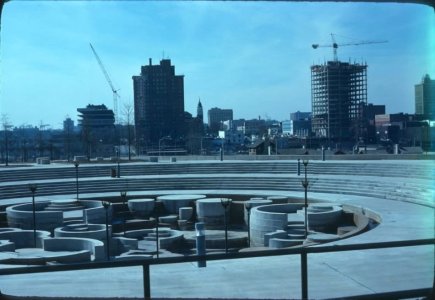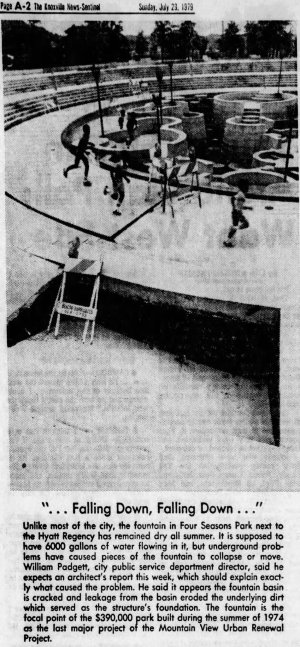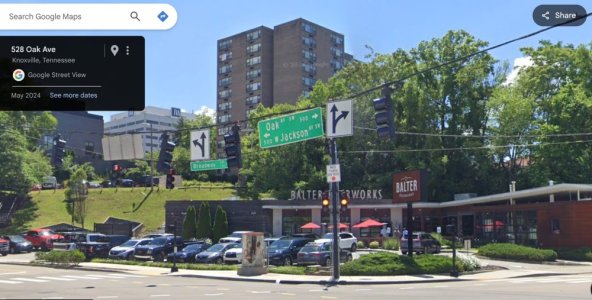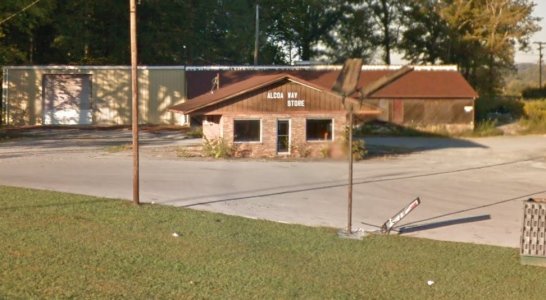Ted
Well-Known Member
- Joined
- Jan 4, 2019
- Messages
- 246
- Likes
- 499
That's a good one, Mad. Balloff's was a premium menswear retailer that started in LaFollette in the 50's.
The store in your pic was in downtown Knoxville (412 Clinch Ave. in the Valley Fidelity Bank building at that time). There was also a Balloff's location in Oak Ridge, as well as in both West Town and East Towne Malls. I remember seeing the original one in LaFollette back in the 80's.
Their last Knoxville location closed in 1989. It was located at 141 N. Peters Rd. The mall locations had both closed at this point.
Louis Balloff started the company in 1921 and was succeeded by his sons, Edward and Sam Balloff. Edward passed away in 2014, and Sam a year ago at age 100. Here is Sam's obituary. He had quite a life!
Bonus: In web searching for Balloff's, I found these:


Balloff's were among the opening stores in both West Town and East Towne Malls. Apparently the East Towne store didn't do well in that location and closed three years later. The West Town store lasted into the mid-80's.
Mad, here is an interview with Sam Balloff that I came across. You'll enjoy this: http://volweb.utk.edu/~wpcsws/wp-content/uploads/2013/04/2004-Balloff-Sam-transcript.pdf
The store in your pic was in downtown Knoxville (412 Clinch Ave. in the Valley Fidelity Bank building at that time). There was also a Balloff's location in Oak Ridge, as well as in both West Town and East Towne Malls. I remember seeing the original one in LaFollette back in the 80's.
Their last Knoxville location closed in 1989. It was located at 141 N. Peters Rd. The mall locations had both closed at this point.
Louis Balloff started the company in 1921 and was succeeded by his sons, Edward and Sam Balloff. Edward passed away in 2014, and Sam a year ago at age 100. Here is Sam's obituary. He had quite a life!
Bonus: In web searching for Balloff's, I found these:

West Town (not yet mall): A look back at the first shopping season of 1972
It wasn't called a "mall" yet. What were the first stores?
www.knoxnews.com

East Towne Mall was Knoxville's next big thing after 1982 World's Fair
100,000 people visited what is now Knoxville Center Mall on opening day. JC Penney, Millers, Proffitt's and Sears were some of the favorite stores.
www.knoxnews.com
Balloff's were among the opening stores in both West Town and East Towne Malls. Apparently the East Towne store didn't do well in that location and closed three years later. The West Town store lasted into the mid-80's.
Mad, here is an interview with Sam Balloff that I came across. You'll enjoy this: http://volweb.utk.edu/~wpcsws/wp-content/uploads/2013/04/2004-Balloff-Sam-transcript.pdf
Last edited:



